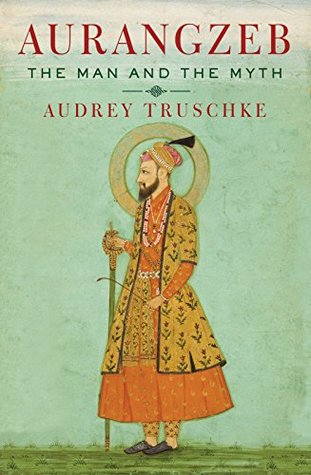More on this book
Community
Kindle Notes & Highlights
Mughal kingdom
But Aurangzeb did not consider temple demolition consistent with successfully incorporating new areas within the Mughal Empire.
when Aurangzeb faced significant opposition in expanding Mughal rule southward, he used other tactics to solicit compliance. This approach suggests, among other things, that Aurangzeb and his officers understood that temple destruction was an extreme measure and so used it sparingly.
Mughal kings were often peripatetic, and Aurangzeb followed a grand Mughal tradition that the capital moved with the king.
Within a few decades of Aurangzeb’s death the Mughals lost all that he had gained in the Deccan, and the empire began to crumble.
Aurangzeb occupied Jinji in 1698 but only after an eight-year siege.
While his men wavered, Aurangzeb’s drive to conquer accelerated as he aged. In addition to spending his sixties, seventies, and eighties in the Deccan, the king often personally oversaw battles and sieges.
Aurangzeb had three surviving sons at the time of his death (two others had predeceased their father), none of whom he considered kingly material.
This multifaceted king had a complex relationship with Islam, but even so he is not reducible to his religion. In fact, little is simple about Aurangzeb. Aurangzeb was an emperor devoted to power, his vision of justice, and expansion. He was an administrator with streaks of brilliance and scores of faults. He grew the Mughal Empire to its greatest extent and may also have positioned it to break apart. No single characteristic or action can encapsulate Aurangzeb Alamgir, who adorned the Mughal throne for nearly fifty years and has captivated people’s imaginations for far longer.
Bahadur Shah died in 1712, just five years after his father, and thereafter the Mughal Empire fractured at an accelerated rate. In the seven years between 1712 and 1719 four Mughal kings ruled in quick succession. In total five kings ascended the Mughal throne in the thirteen years after Aurangzeb’s death, as compared to four kings in the previous 150 years.
But most historians think that Aurangzeb was at least partly to blame. This is a curious argument because Aurangzeb expanded the Mughal state to its greatest extent geographically. But perhaps Aurangzeb’s success was also his ruin. He may have stretched the Mughal Empire too far, thus spreading imperial resources thin and making the entire apparatus prone to shattering.
Nonetheless, even accounting for changes such as reducing imperial patronage to certain arts, moving to the Deccan, and reintroducing the jizya tax, Aurangzeb exhibited overarching continuity with Mughal administrative, military, and cultural programmes.
He was not a cross-cultural pioneer on par with Akbar (perhaps, as the sixth ruler of an Indian empire, he did not feel the need to be).
Jahangir, who claimed to have hung a large ‘chain of justice’ with sixty bells from the Agra Fort to the riverbank that anybody could ring to get the king’s attention.
I am what time, circumstance, history, have made of me, certainly, but I am, also, much more than that. So are we all. —James Baldwin, American writer, 1955
This discrepancy is important to recognize for two distinct reasons: defusing inflammatory communal ideas and unshackling historical research. In terms of Aurangzeb’s popular reputation, India and Pakistan both suffer from politically fuelled narratives of the Mughal past.
Some of these changes conveniently served the agendas of the translators, especially colonial-era translations that sought to show Indo-Muslim kings at their worst so that the British would seem virtuous by comparison (foremost here is Elliot and Dowson’s History of India, as Told by Its Own Historians).
misrepresenting the past was a standard tactic among historians of Aurangzeb’s day, who understood tarikh (the Persian genre of historical writing) as beholden to literary goals as much as accurately capturing the past.
There is significant room for disagreement about history, and divergent interpretations are often constructive. But little is uncomplicated about the process of collecting, digesting, and making sense of historical sources on Aurangzeb.
farman issued by Aurangzeb that was sold by Christie’s in 2014 for £27,500.


